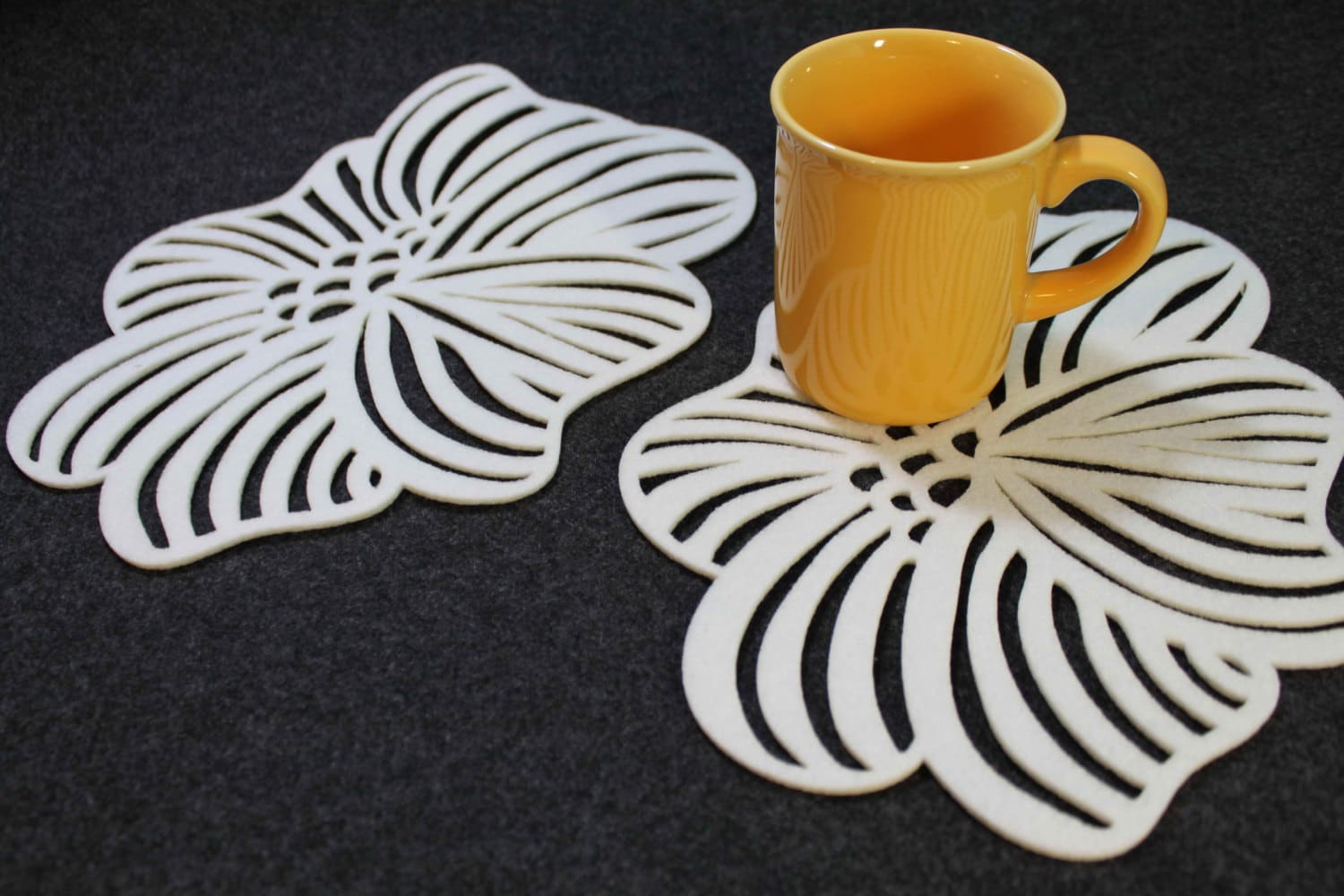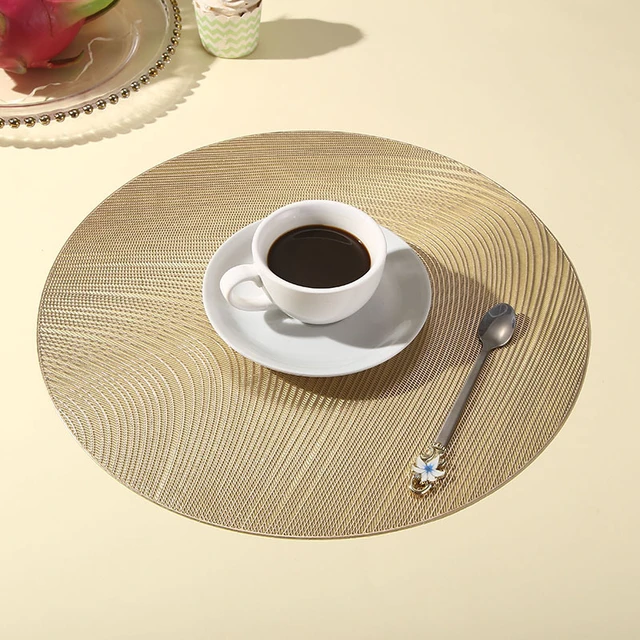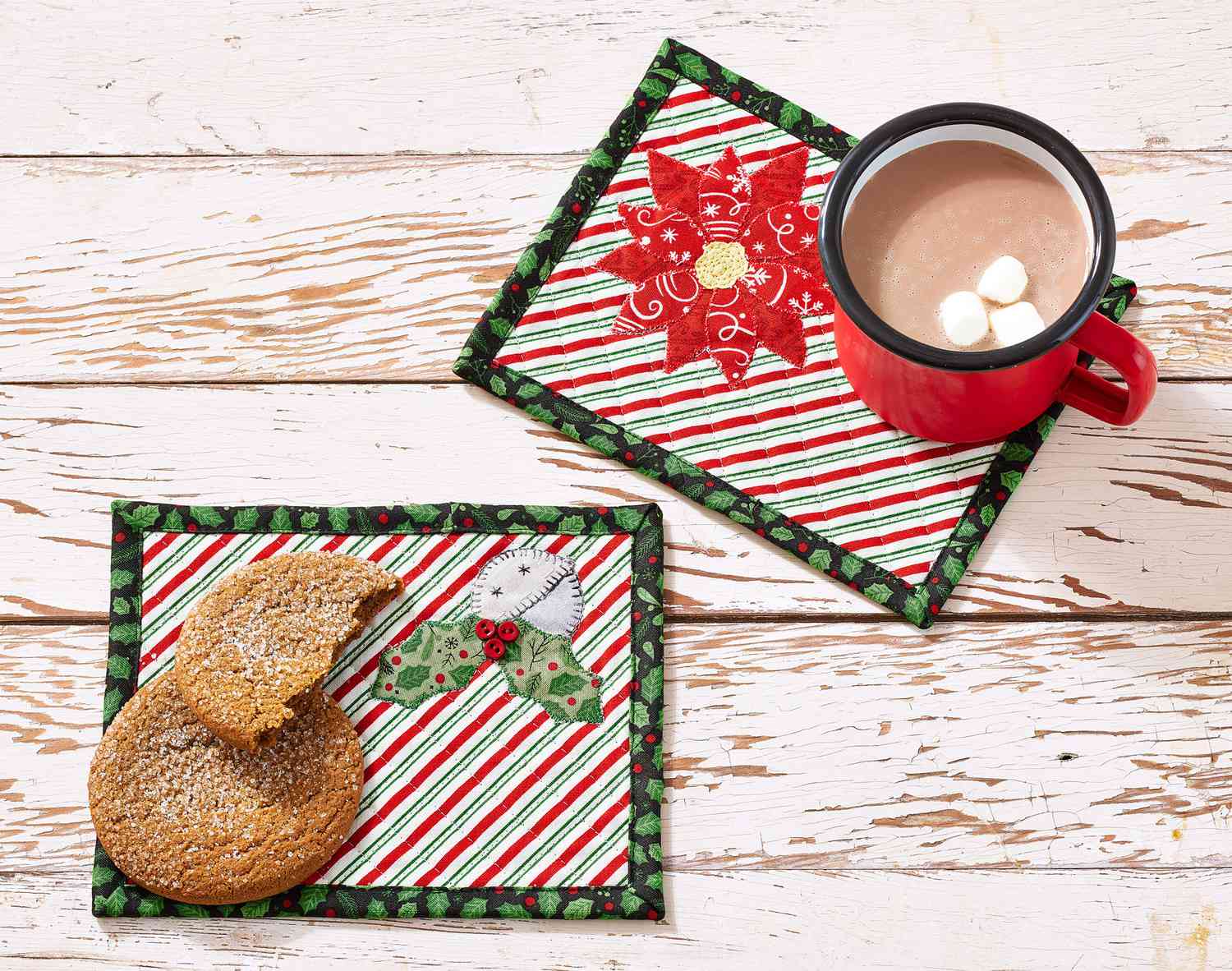6 Easy Facts About Top News Sites Shown
6 Easy Facts About Top News Sites Shown
Blog Article
See This Report about Unique Art
Table of Contents3 Simple Techniques For Unique ArtThe Basic Principles Of Unique Art 3 Simple Techniques For Unique ArtWhat Does Unique Art Do?
While one may dispute which art form holds priority, the fact stays that each of these 7 forms supplies a special home window right into human history, society, and development. They are the tapestries that chronicle our trip, reminding us of our past while inspiring visions for the future.Great art work tells a tale, makes people look twice, and produces a special experience that can not be matched. Art and pictures interact all of that via color, shape and various other layout elements. Discover how to make your unique art work stand out from the group.

8 TRIA GIOVANEqual components grand and laidback, this foyer made by Anthony Baratta is the excellent blueprint to comply with if you're embellishing an official entrance that still really feels unfussy and comfortable. Patterned textiles take spotlight (see the carpets and the couch), however they additionally aid bring the high ceilings to a human scale when hung over wallpaper.
Unique Art for Dummies
18 Heidi Caillier DesignA gallery wall doesn't need to take up the whole room. Occasionally a small one can make a bigger style declaration. In this living area, Hiedi Caillier opted for micro-mini structures and a random structure.
, the expression of concepts and emotions, with the development of particular aesthetic high qualities, in a two-dimensional visual language. The aspects of this languageits shapes, lines, colours, tones, and texturesare made use of in numerous ways to produce feelings of volume, room, activity, and light on a flat surface. These components are combined into expressive patterns in order to stand for real or mythological phenomena, to interpret a narrative style, or to develop entirely abstract aesthetic partnerships.
Later the idea of the "fine artist" created in Asia and Renaissance Europe. Throughout the 19th century painters in Western cultures started to lose their social placement and safe and secure patronage.
The Buzz on Unique Art
Others gained an income via visiting exhibits of their work. The need to appeal to a marketplace had changed the similar (if less impersonal) needs of patronage, and its result on the art itself was probably comparable. Usually, musicians in the 20th century could get to an audience just with industrial galleries and public galleries, although their work might have been sometimes reproduced in art periodicals.

Do not copy the design of other musicians if you're searching for your style. Duplicating various other people's artwork can be fantastic in instructional objectives however it will certainly not make you closer to finding your own special design. Your artistic style has to be, what you like and what motivates you.
I would consider your very own style as a design you repaint in normally, when you let go of all thoughts and policies and simply concentrate on you can look here painting, not considering it. Unique Art. The design has to come normally to you when you are unwinded and you can't require it or it will not be your very own design, simply a person else's
Some Known Details About Unique Art

With time you'll have the official website ability to sort every one of them right into your preferred and the very least favored classifications. Attempt to concentrate your interest on the topics and tools that you like and before you see it coming you'll have your own individual and unique style, like no one else have! In the end you'll have a couple of preferred subjects to repaint and perhaps a few favorite mediums.
The design has to establish itself gradually with a great deal of practice and experiments - Unique Art. Thanks for reviewing this message and if you have any kind of questions leave them in the remarks below, I would certainly be delighted to address these
Report this page